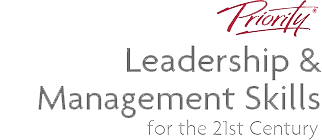–
October 16, 2024

Who Should Attend:
This course is designed for users who take notes and use automated tools to organize and manage the notes.
Format:
• One half-day, instructor-led online training sessions using OneNote
• One-on-one personal coaching session with a skilled facilitator to reinforce learning
Tools Provided:
• Comprehensive Learning Guide and Resource Manual
• Subscription to our monthly LearningLink e-newsletter
For more details
For more details of the course, please click here.
To enrol on this course or to find out more
Contact us today





